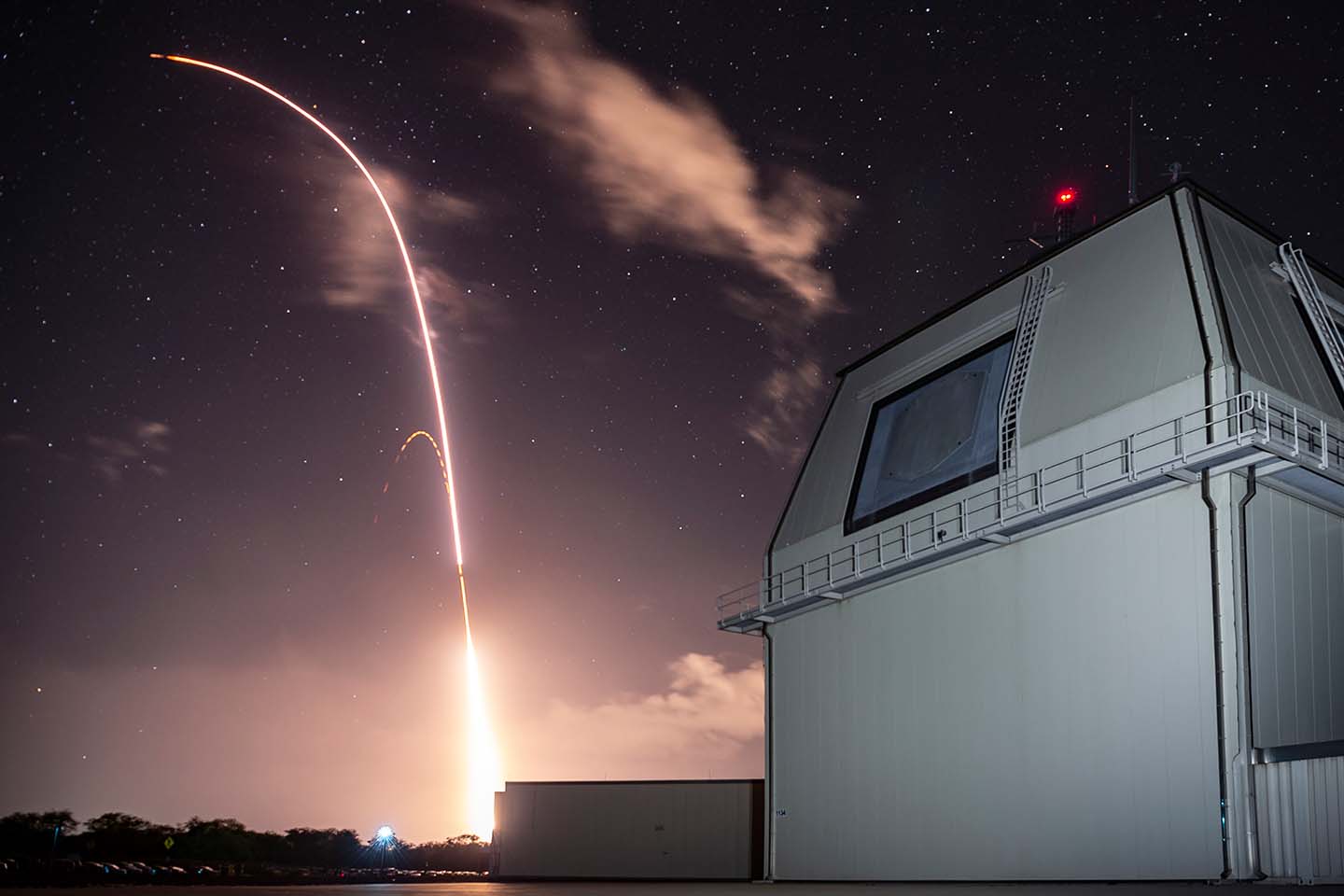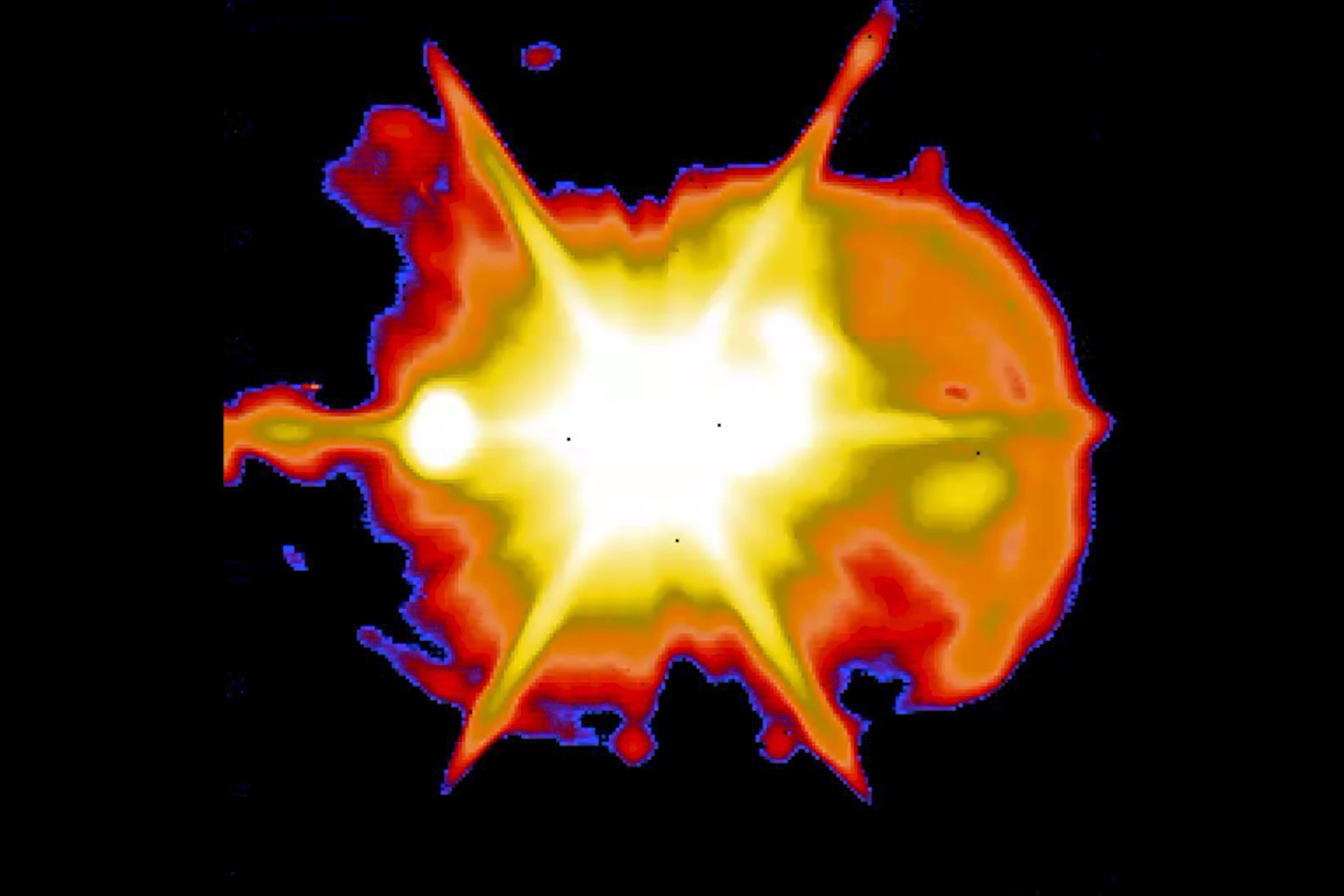Press Release
Johns Hopkins APL Plays Key Role in Aegis Ashore Intercept Flight Test
Engineers from the Johns Hopkins Applied Physics Laboratory (APL) in Laurel, Maryland, working with industry partners, the Missile Defense Agency, and U.S. Navy sailors manning the Aegis Ashore Missile Defense Test Complex (AAMDTC), played a key role in successfully intercepting an intermediate-range ballistic missile target using a Standard-Missile (SM)-3 Block IIA missile launched from the Pacific Missile Range Facility, Kauai, Hawaii.
This test, designated Flight Test Integrated-03 (FTI-03), marks the second time that an SM-3 Block IIA missile was launched from the Aegis Ashore site, and the first SM-3 Block IIA intercept- of an intermediate-range ballistic missile target.
“This SM-3 Block IIA flight test from Aegis Ashore continues to advance our capability in ballistic missile defense for Allies and our troops abroad in Europe. The test provides critical threat-representative flight test data for the SM-3 Block IIA missile and Aegis Ashore complex” said Dr. Patrick Stadter, APL Aegis BMD Program Area Manager. “It’s a key step forward to capability upgrades for ballistic missile defense.”
During the test, a target representing an intermediate-range ballistic missile was air-launched from a U.S. Air Force C-17 aircraft over the broad ocean area southwest of Hawaii. Space-based sensors and a U.S. Army AN/TPY-2 radar located at Wake Island detected the target, and track information was relayed to the Command and Control, Battle Management and Communications (C2BMC) suite located at the U.S. European Command. C2BMC provided AN/TPY-2 track information to the Aegis Ashore weapon system on Kauai, which developed a fire control solution and engaged the target with an SM-3 Block IIA.

